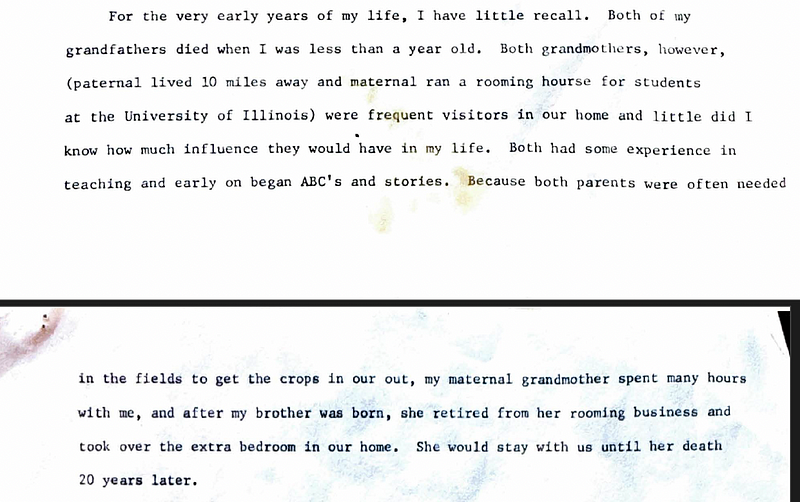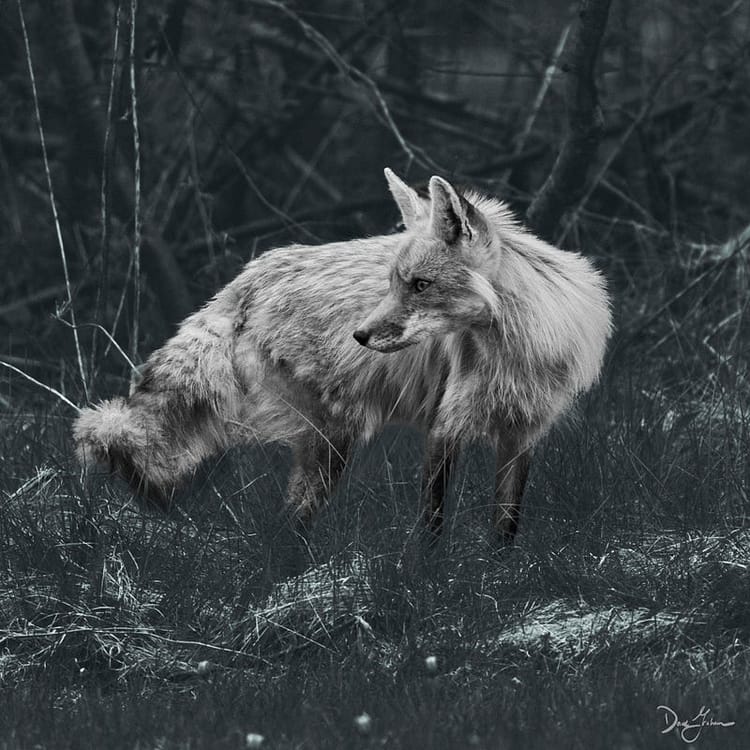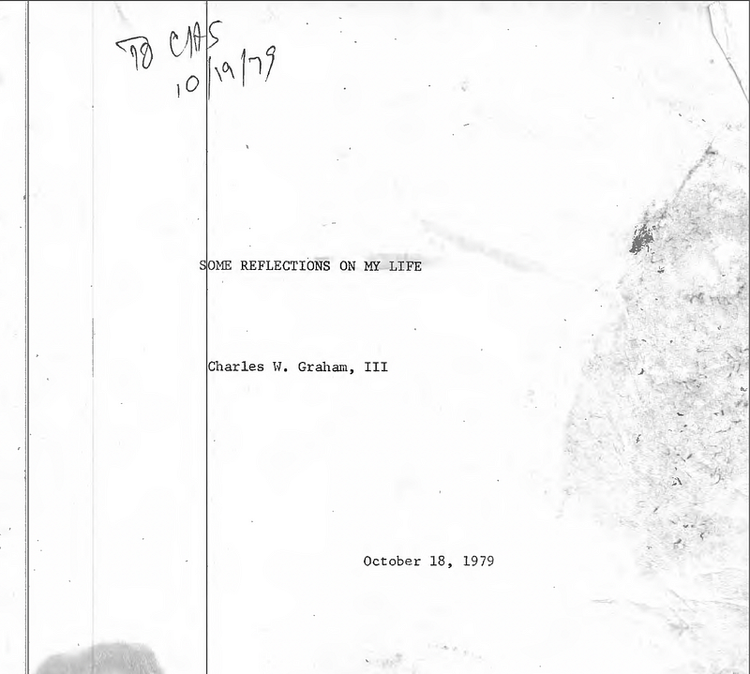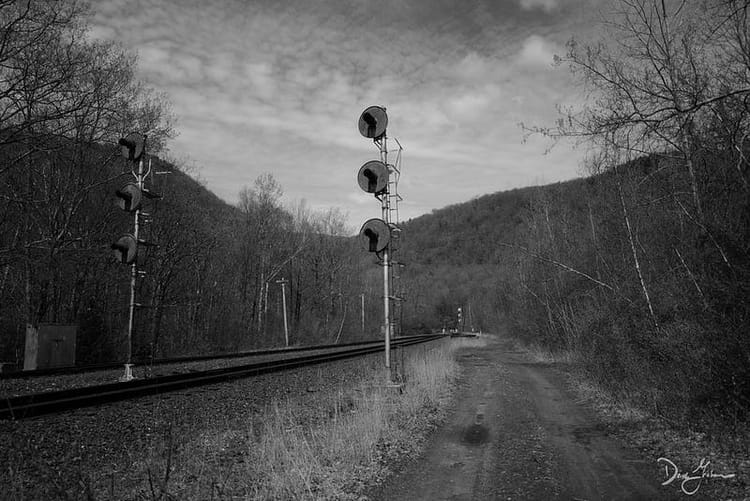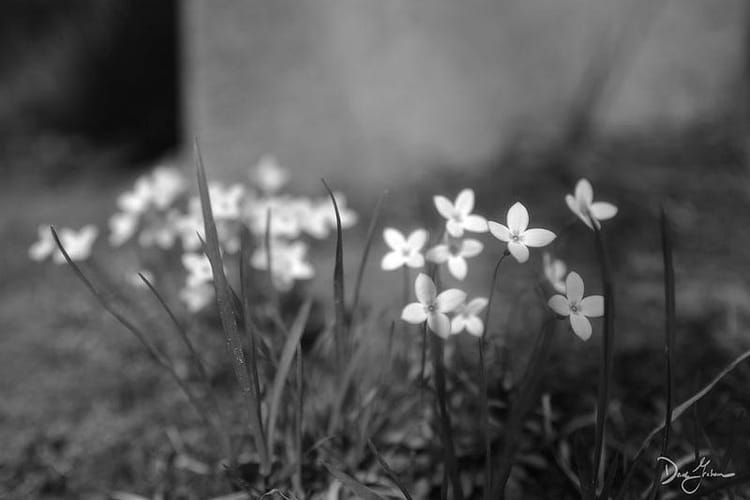Discourse
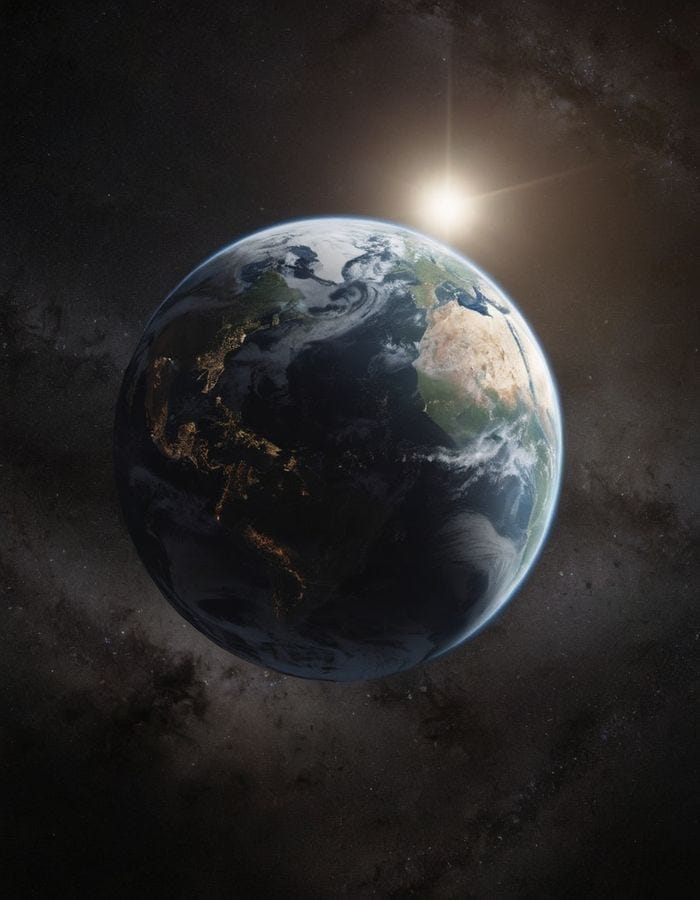
This is the Earth. It’s round, exists in an infinite space, is warmed by a firey ball of atomic energy millions of miles away, and is our home, for better or worse.
This picture was created by artificial intelligence, prompted by a few short sentences asking for a specific type of visualization. In a fever dream of 0s and 1s, a collision of bits and bytes, this has been synthesized from the totality of human experience laid bare to an algorithm run locally on my laptop.
We have pictures of the Earth from the various satellites and humans that orbit it, a perspective that 99.9999% of us will never have. We’re afforded these precious captures because technology has allowed us to confront the cold reaches of space in ways we never dreamt of, to capture moments we’d never expect. However, when it’s all distilled down into its binary components, we get the result seen above: an unfeeling machine promulgating a reality it doesn’t comprehend or know to exist.
Now that I’ve got your attention (and perhaps your ire) let’s talk about this for a moment. Is the act of creation sacred? Is it something we, as humans, should hold dear to ourselves, or is it possible to be captured by anything that has capacity?
This is the existential challenge of art and existence: to believe that creation of any sort belongs solely in the domain of the aware and awakened. We chafe at the idea that a machine, with no consciousness or awareness, can create anything out of the ether by simply applying formulas and algorithms to a blank canvas. We want our art to embody the souls of the living and breathing, not the artificial hum of electrons.
Here, our discourse begins to fall to the wayside, and our recalcitrance as humans take over. For all of our ideological know-how and ascribances, we are the product of an unseen process guided by the collision of atoms and dust over time immemorial. As such, we are not unlike the machines we decry: creations of an unseen creator, outputs of an ancient process. We fall back on the belief that because we have souls and spirits, we are somehow dissimilar to the animals and systems that comprise our world. We dig our heels in because, somehow, being “created” feels less than ideal when we think so highly of ourselves.
It’s the discourse of the ages, my dear friends: to be created and yet create, to be loved and love in return, to bleed a world of emotions and words and be flooded in return. In a way, we are Frankenstein’s monster and prone to the same fits of rationalization and reason that it experienced. We’re faced with diminishing relevance in a world we’ve strived to create. It’s galling to think about but no less fundamental to our stories.
So, how do we join this story, sit at the table with humans and machines alike, and strive to create something new and different together? How do we embrace the moments of a digital future that is rapidly overtaking our physical world? We seek to answer these questions through regulation and legislation and, in the future, through more brokered means. But it all begins with the discourse and conversation around what it means to be “created.”
This week, as much as you can, I urge you to think about what it means to be “created.” Think about what you’ve done with your hands, your mind, your body. Think about how you exist in the space around you and why that is meaningful. Think about the ways that you can embody spirit and soul, about how you are no less a creator than the created, and perhaps you’ll find yourself at the table of discourse, ready to shape the world.
May it ever be so.

